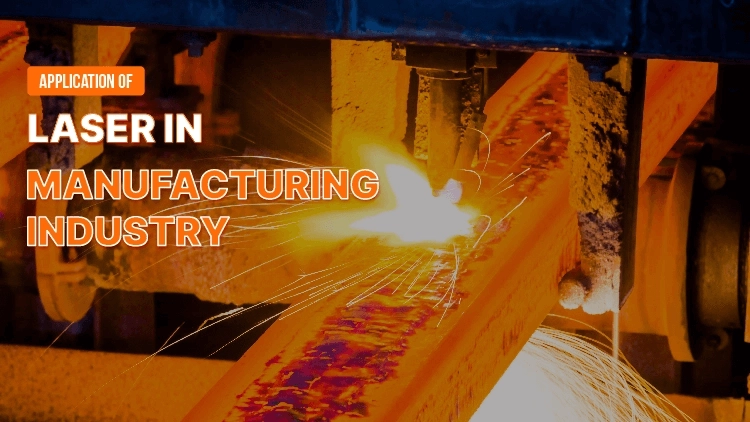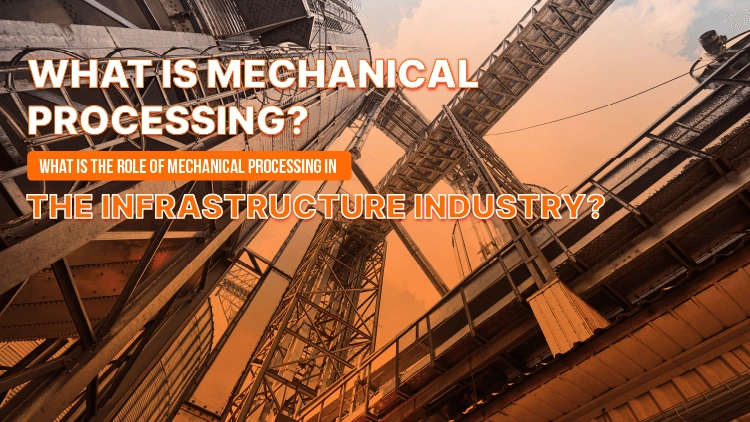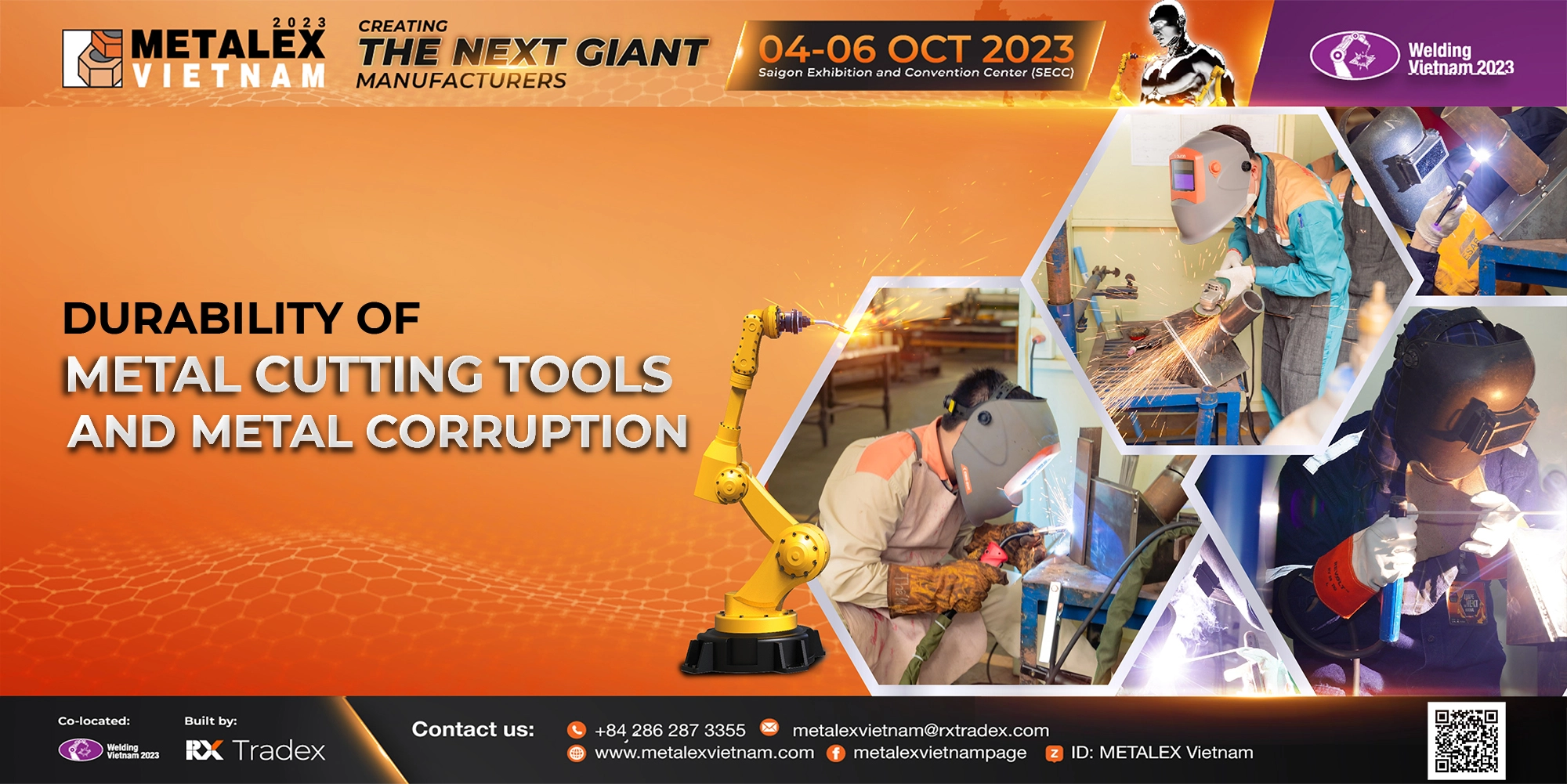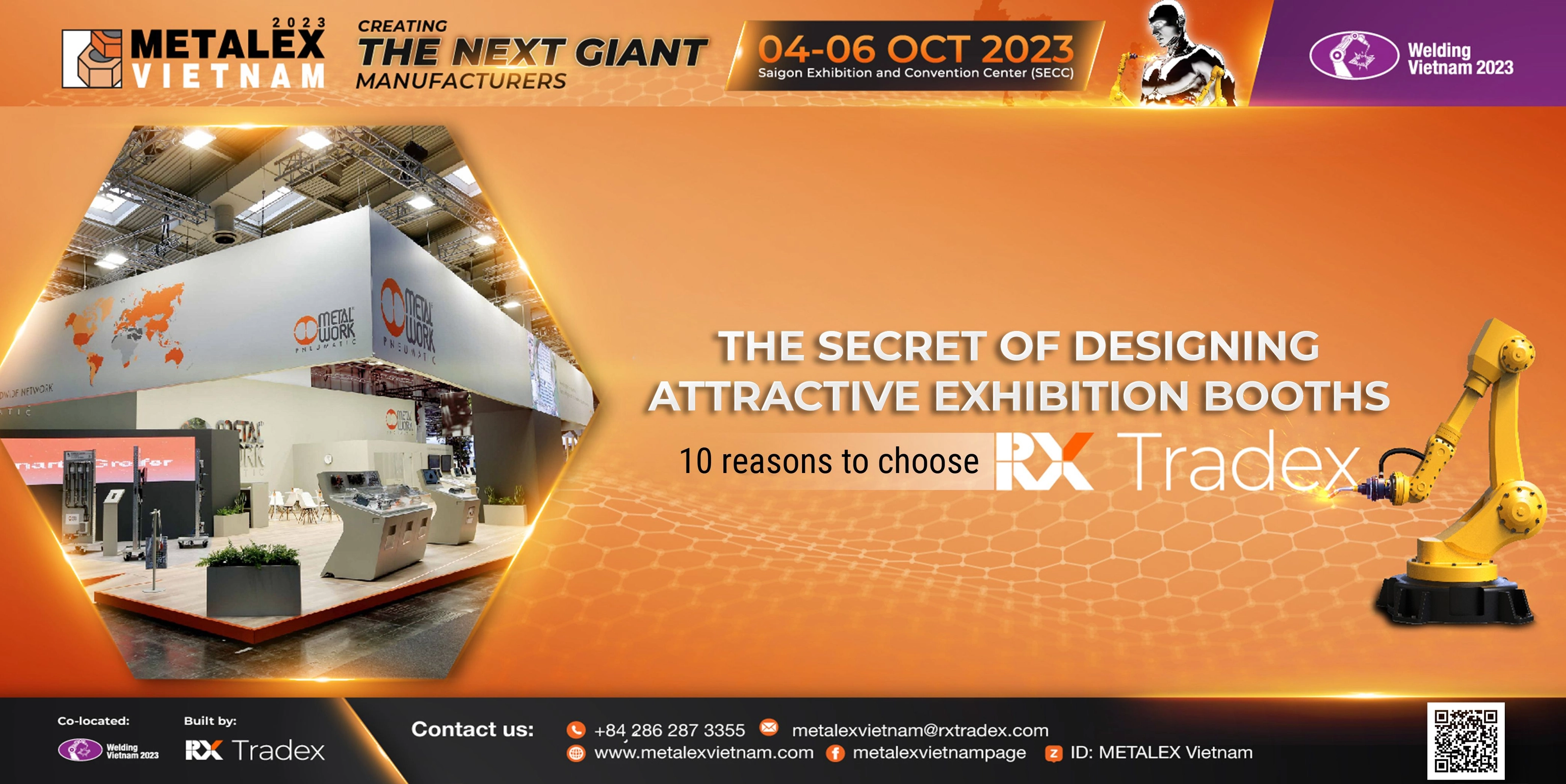Application of Laser in manufacturing industry

CNC Laser technology has become an important part of the modern manufacturing industry. With the ability to precisely cut, drill and engrave on a wide variety of materials from metals to non-metallic materials such as wood, plastic, and rubber, Laser is driving the advancement and optimization of production processes. In fact, the application of Laser is extremely diverse and brings many benefits to businesses in the manufacturing industry. In this article, RX Tradex will delve into some applications of lasers in industry today.
1. What is laser technology?
Laser technology is a technology that uses laser light to perform industrial processes and heat treatment on various materials. Laser light is produced by stimulating molecules or atoms in a laser emitting source to emit a highly intense, focused and cophase range of light.
Laser technology is becoming an integral part of industries such as automotive, electronics, metallurgy, aviation, and machinery manufacturing. With an important role, this technology not only helps to improve product quality but also enhances labor productivity and minimizes environmental pollution as well as material consumption.
2. Principles of laser processing
The principle of laser processing is the process of using a laser to influence materials and perform fabrication operations such as cutting, engraving, welding, forming, or heat treatment. During machining, the laser is focused and controlled to create special effects on the surface of the material, resulting in physical and chemical transformations.
Based on the principle of reflection, absorption and heat transfer, when the laser beam hits the material, its energy is absorbed by the molecules in the material, rapidly increasing the temperature. This process can cause the material to melt, evaporate, or even burn away depending on the type of material and the intensity of the laser. This allows precise and efficient operations to be performed on metal, plastic, wood, and many other materials.
3. 5 applications of lasers in industry
Laser technology has become an important and popular tool in many different fields, thanks to its versatile interoperability with a variety of materials. Among them, several applications of lasers in industry are mainly used, including:
3.1. Laser cutting
Laser cutting is one of the most common applications of laser technology in industry. Lasers are used to cut through materials such as metal, wood, plastic, and rubber quickly and accurately, creating complex holes, edges, and shapes without the need for a complete step.
One of the great advantages of laser cutting is the ability to cut complex shapes without the need for complete steps. The laser is adjustable to create custom holes, edges and shapes, from small details to large components, without causing unwanted surface stains. This makes the production process more efficient, minimizing time and effort compared to traditional cutting methods. In addition, the use of lasers also minimizes the need for physical cutting tools, which reduces costs and material consumption.
In both the metal industry and the precision machining industry, laser cutting plays an important role in the production of high-precision parts and products with clean surfaces. At the same time, the versatility of this technology also allows it to be applied in a variety of applications, from the manufacture of automotive components to the manufacture of electronics.
3.2. Laser engraving
Laser engraving is the process of using laser light to create decorative patterns, logos, or text on the surface of materials such as metal, wood, glass, and plastic. The laser engraving process works by using laser light to run through the surface of a material, create fire points, or change the molecular structure of the material, creating the desired images or text.
One of the great advantages of the laser engraving process is its ability to create small and complex details without damaging the surface of the material. Different from traditional methods, laser engraving does not cause unwanted cuts or surface marks, helping to produce products with high finish and uniform quality.
The application of laser engraving is diverse, from the creation of decorative products such as billboards, personal gifts, jewelry to the production of industrial components such as product labels, control panels and electronic component components. In particular, laser engraving is also commonly used in the high-tech industry and the fabrication of precision products that require high precision.
3.3. Laser welding
Laser welding is the process of using laser light to fuse materials and create strong bonds between them. In the laser welding process, the laser light is focused on the connection points of the materials, creating temperatures high enough to melt them. When materials melt, the molecules in them create new bonds as they cool, creating a strong connection between the materials.
The biggest advantage of the laser welding process is its ability to create strong and crack-free bonds. Compared to traditional welding methods, laser welding creates precise and uniform connections, minimizing the occurrence of cracks and deformations, while also minimizing temperature effects on surrounding areas.
The applications of the laser welding process are diverse, from the production of metal components such as ducts, jigs, skeletons to the assembly of electronic components such as printed circuits and microchips. Laser welding is also used in the manufacture of medical products and in the aviation and space industries, where reliability and high quality are critical factors.
3.4. Laser rapid prototyping
Laser rapid prototyping is the process of using laser light to cut and create 3D models from sheets of material. This process is used in the rapid and accurate creation of prototypes and prototypes in the manufacturing and design industries.
In this process, laser machines are used to cut and create samples from sheets of materials such as plastic, wood, paper, or composites. The laser light is controlled by a computer and creates the layers and shapes needed to create the 3D model.
The advantage of this procedure is high speed and accuracy. Thanks to the use of computers for control, laser rapid prototyping can produce complex models in just a few hours without the need for special molds or tools. This minimizes the time and cost of developing new products.
The applications of laser rapid prototyping are diverse, from the creation of concept models in product design to the production of advertising and exhibition samples. It is also used in the production of samples in the medical industry, helping manufacturers create new medical products quickly and efficiently.
3.5. Laser heat treatment
Laser heat treatment is the process of using laser light to change the structure and properties of materials, such as hardening, softening, crystallizing, or creating surface coatings. In a laser heat treatment process, a laser is precisely controlled to act on the surface of the material. Laser light can melt or heat a material to the required level, then quickly cool it down.
The laser heat treatment process can be used to harden the surface of metal parts, enhance hardness and wear resistance. It can also be used to soften materials to facilitate subsequent machining or to reduce stress in components.
In addition, they are used to create surface coatings, including anti-corrosion, scratch-resistant layers, or increase the surface strength of components, which improves the service life and performance of metal products in harsh working environments.
4. Conclusions
In an increasingly competitive manufacturing market, the use of Laser technology brings many great benefits to businesses. From enhancing manufacturing precision and efficiency to creating diverse and high-quality products, Laser plays an important role in driving the development of the manufacturing industry. Hopefully, through the above article, RX Tradex has brought useful information about the application of lasers in industry to help your business better understand the potential and benefits of CNC lasers .
In addition to referring to the information of this article, businesses can also participate in leading international exhibition events from RX Tradex Vietnam, such as METALEX Vietnam 2024, to have the opportunity to directly learn and experience the most advanced CNC machine tools and machine products. In 2024, RX Tradex Viet Nam organized 3 industrial events such as Vietnam Manufacturing Expo, Waste and Recycling Vietnam and NEPCON Vietnam, creating favorable conditions for businesses to update leading technologies and get new opportunities among the industry. This is a great chance to make connections, exchange experiences and discover new potentials in the manufacturing industry.






